Tips for making cycling fun for kids
By Justine Santos
The wheels on the bike go round and round (and often uphill when you’re riding in Colorado). An afternoon on a trail is never an afternoon wasted, especially when you live in such a bike-friendly area. Like skiing, cycling will involve lots of ups and downs. But as long as you start out slow, and prepare your family for the longer expeditions, you’ll have no trouble making cycling fun for your kids.
Safety Gear
The most important step in a successful outing is proper safety gear. But like everyone with a strong-willed child knows, it can be hard to convince little ones of the importance of wearing a helmet.
Make sure helmets are lightweight. Heavier helmets don’t offer better protection and can lead to headaches. You’re also more likely to get your child to wear a lighter, more comfortable helmet. Proper fit is essential, so prepare to have the kids try on several. Take the time to adjust buckles and straps. Let your child choose the design or pattern, as this increases their enthusiasm.
You may have not have thought about knee-pads since your in-line skating days, but along with elbow pads, they’re almost as important as helmets. The extra protection will save you on bandages and tears.
But just in case, take a small first aid kit with you. Pack it with character bandages your child enjoys, as this can make the accidental scrape seem less awful. And if all else fails, don’t forget about the power of a kiss to make it better.
Pack a Picnic
Snacks are always a good idea on any adventure. To foster excitement, invite the kids to help pack lunch. If possible, consider including some extra treats. Regardless of what you pack, make sure you have plenty of water. It can be easy to overlook the importance of water, especially when you’ll spend your day biking beneath the shade of the canopy.
After you stop for a bite to eat, take the opportunity to talk about cleaning up and leaving the trail better than how you found it. Encourage your kids to find a few pieces of litter to pick up and carry out. This contribution to mother nature can help them feel pride and enthusiasm.
Scavenger Hunts
Turn the whole biking adventure into a scavenger hunt. With little ones, set out to find leaves of specific colors, spot a bird, or listen for a squirrel rustling through the branches. Make a checklist to tape to your child’s handlebars. Every time you spot an item, stop and mark it off the list.
For older kids, combine a scavenger hunt with an ecology lesson. Explore Colorado’s native trees and plants, and head out in search of as many as you can find. To expand your list, include animal and bird species along the trail.
Put Down the Phone
Especially with the older kids, the cellphone might be the biggest barrier to safe cyclig. Not only is it unreasonable to text and bike, but you might not even have much of a signal out on the trail. While teenagers can be resistant to putting down the phone, most of them will enjoy the freedom.
Encourage airplane mode so your kids won’t be distracted by notifications. If you’re including a scavenger hunt, use the camera to document what you see. Stop and take an Instagram-worthy picture for your teen to post later. And, most importantly, put your own phone away. Take this opportunity to be together, and downshift into a lower gear. Experience nature, and disconnect from the chaos of everyday life.
Justine Santos made her camping debut at age 3 months. The nature habit stuck, and now she hikes, skis and rides mountain bikes in as many natural areas as she can, often with her own two children in tow.

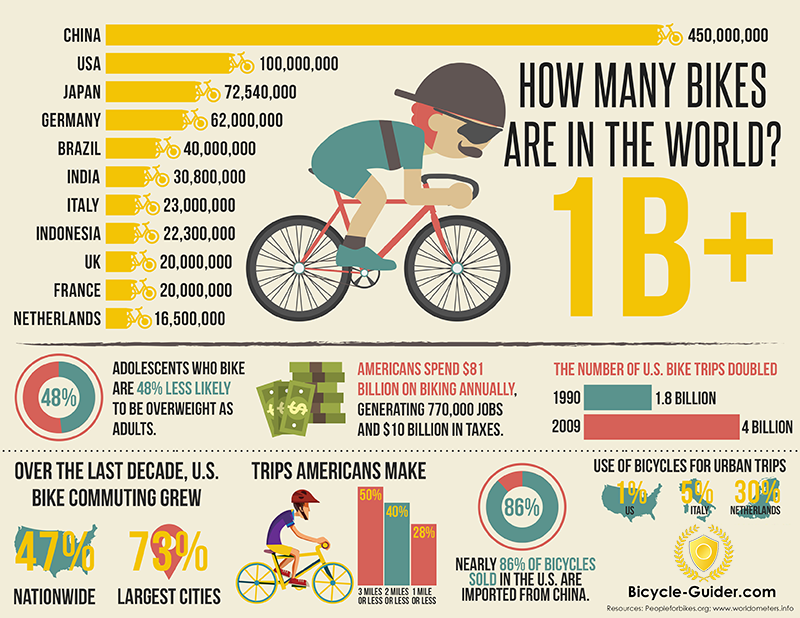





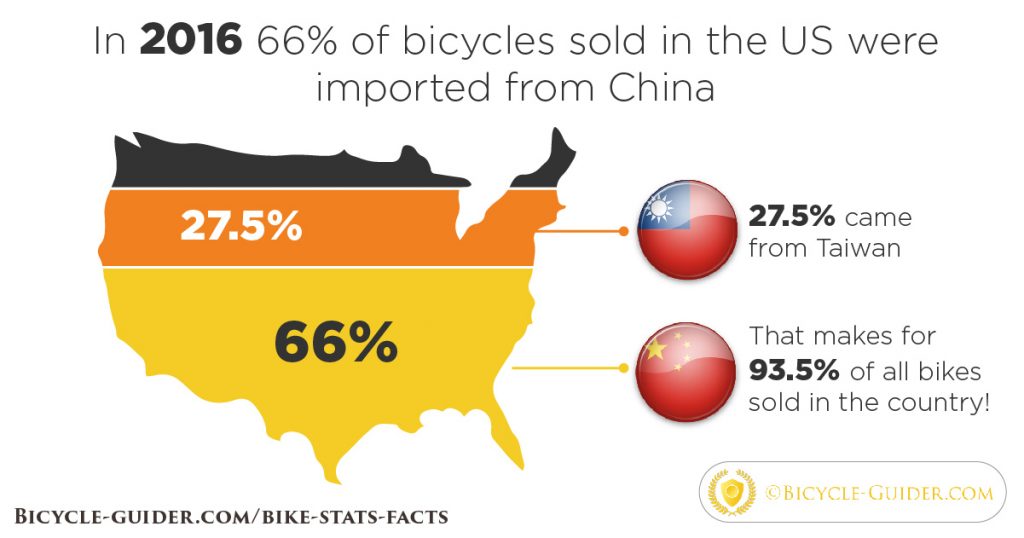
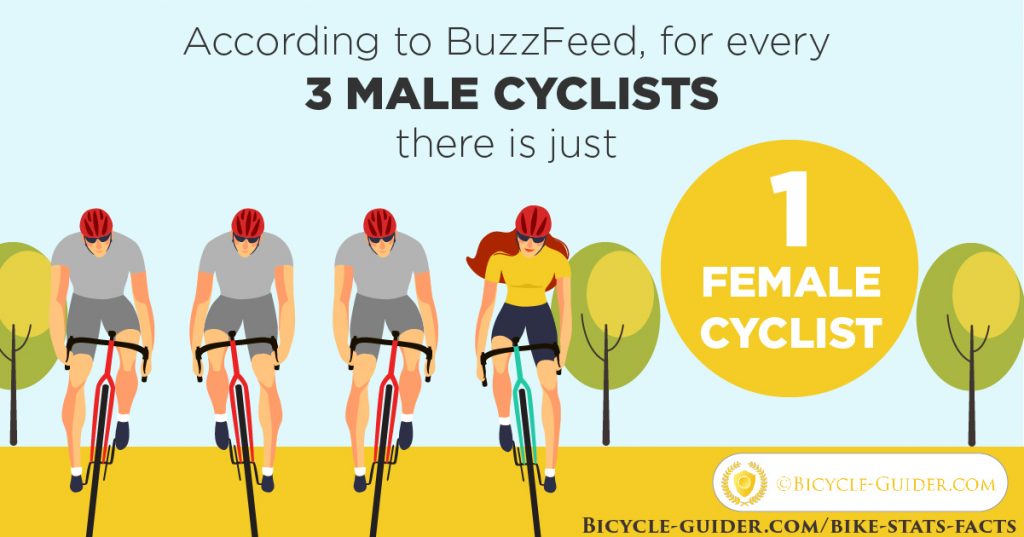
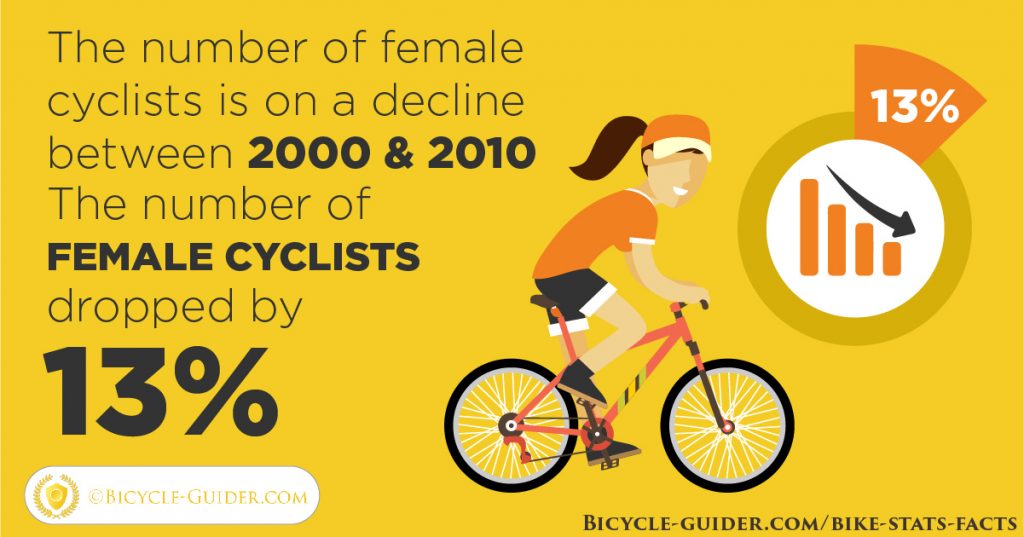
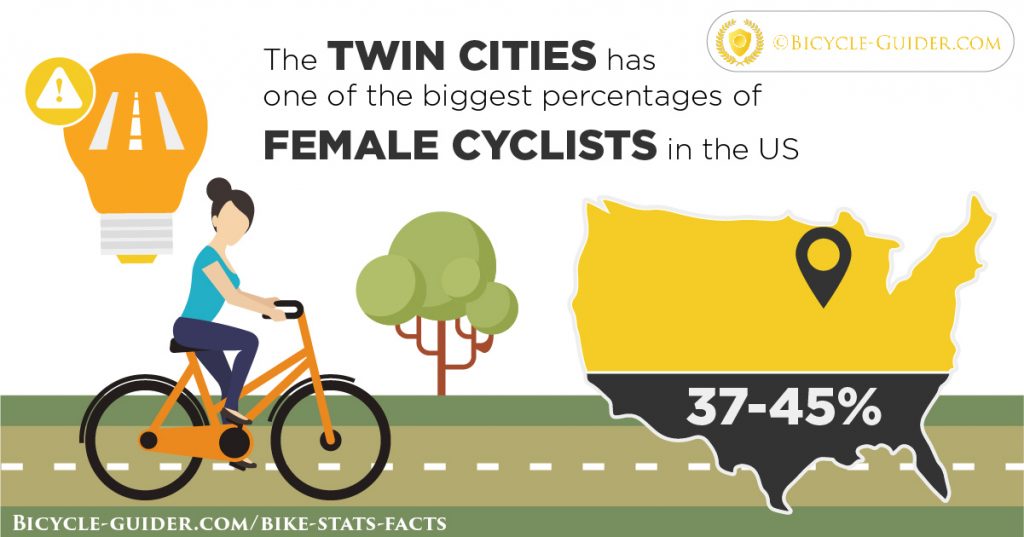
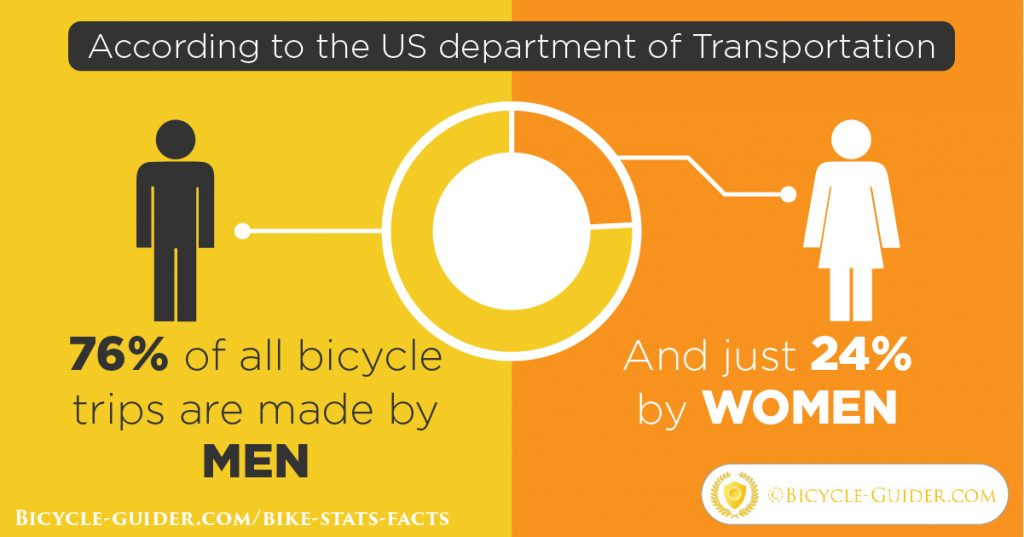

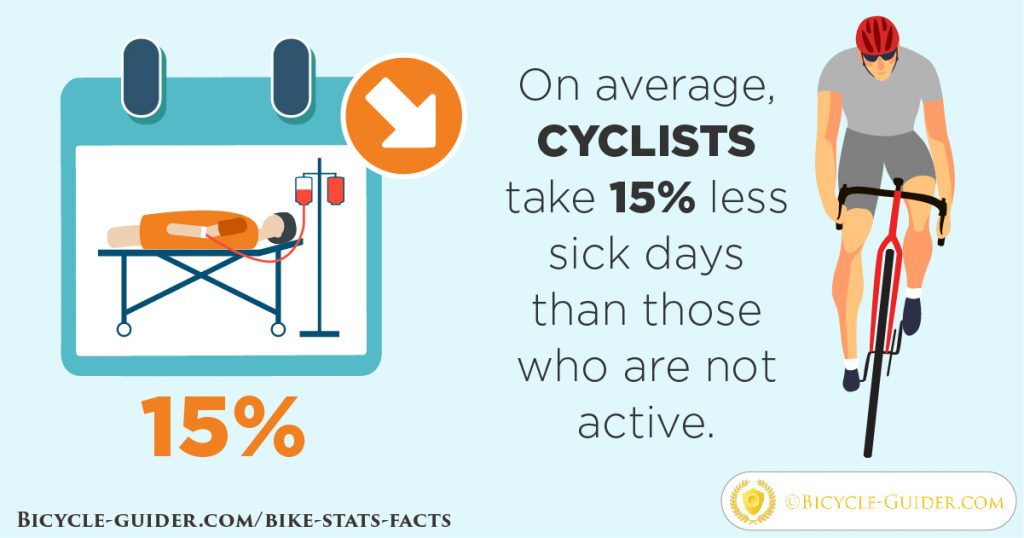
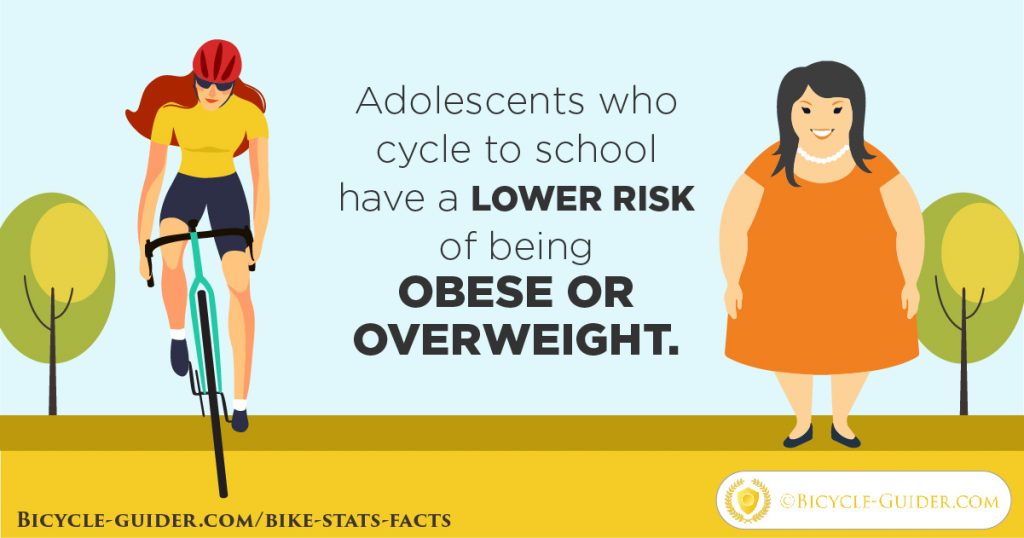
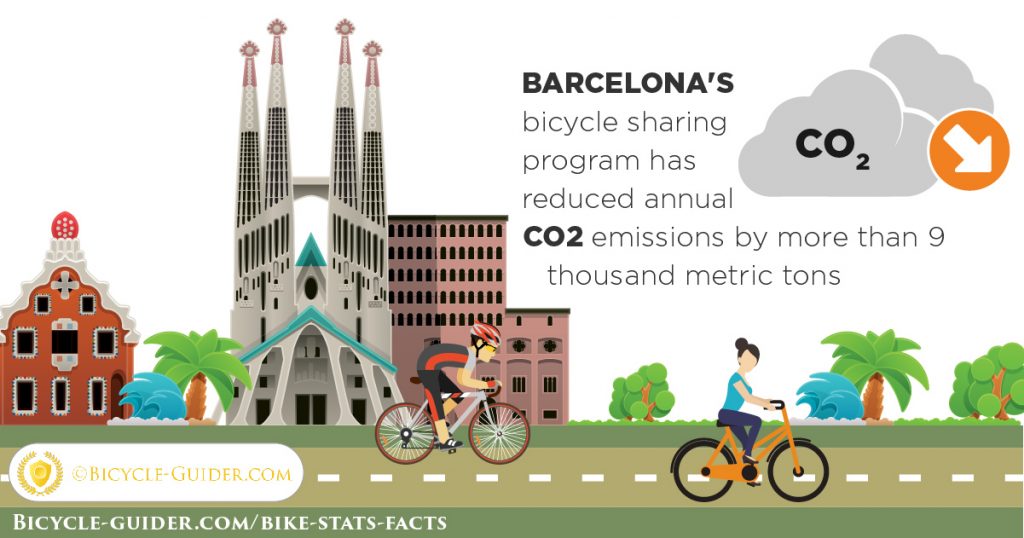
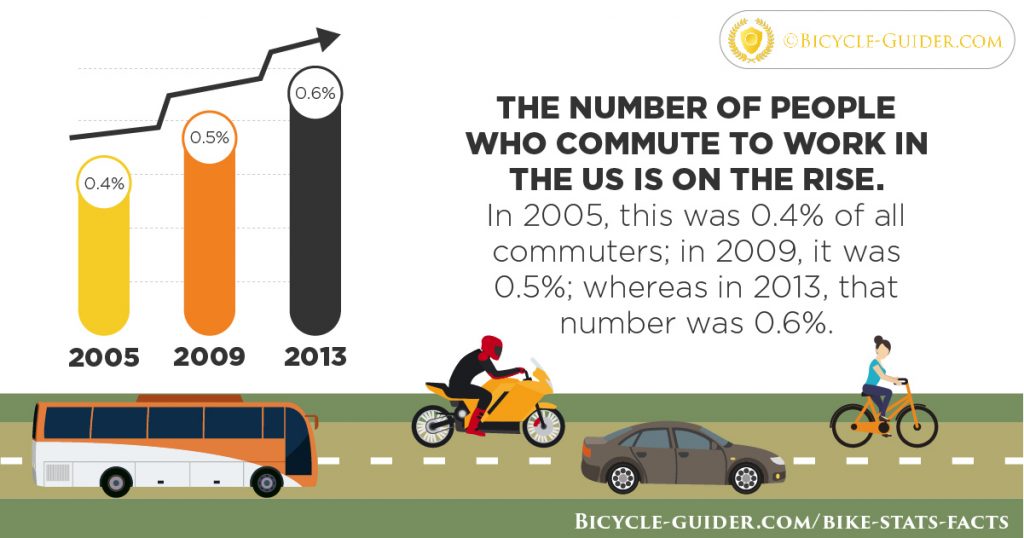
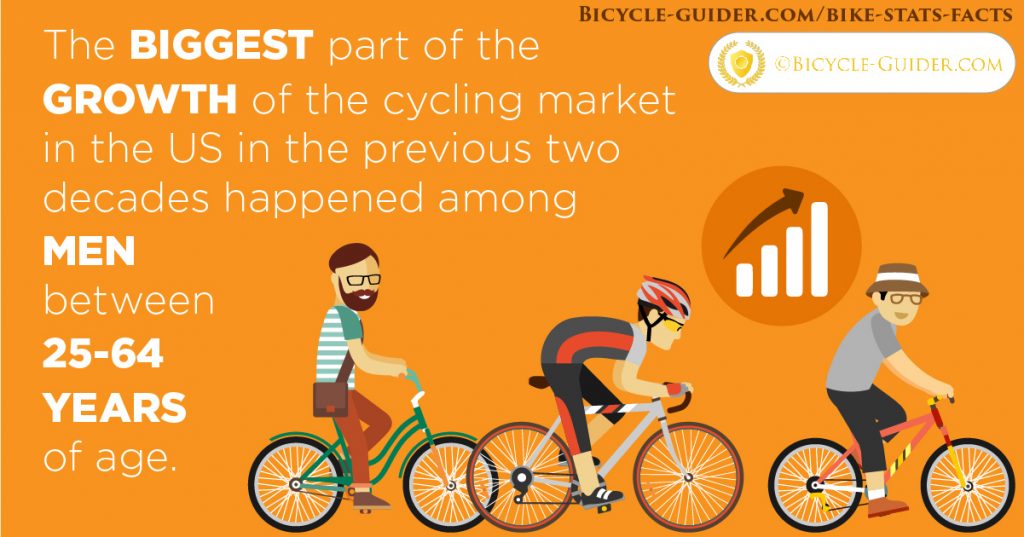

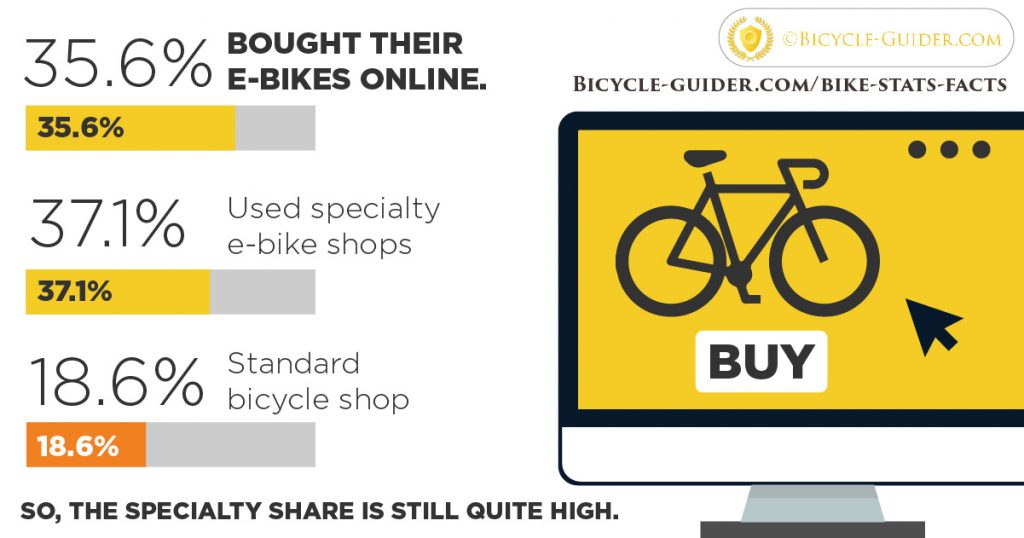
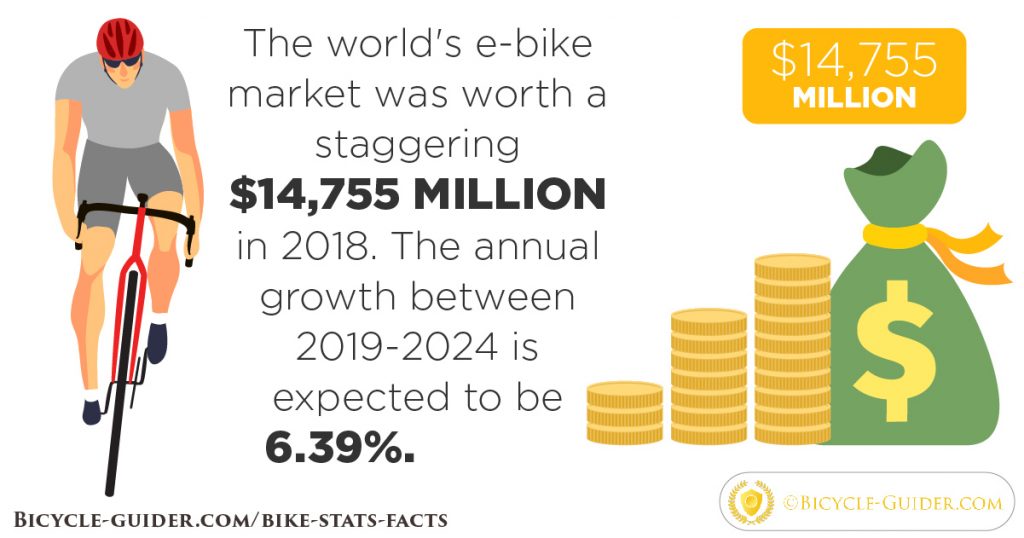
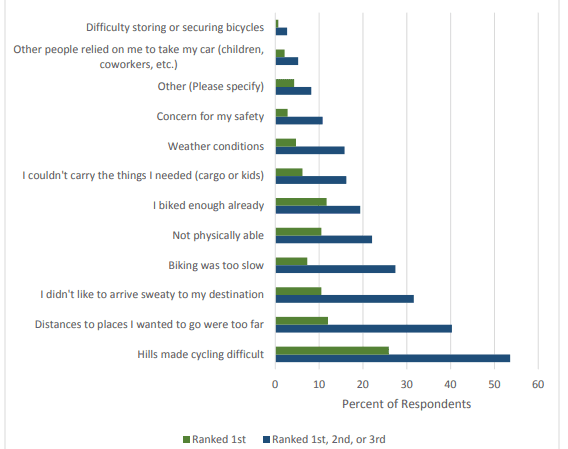

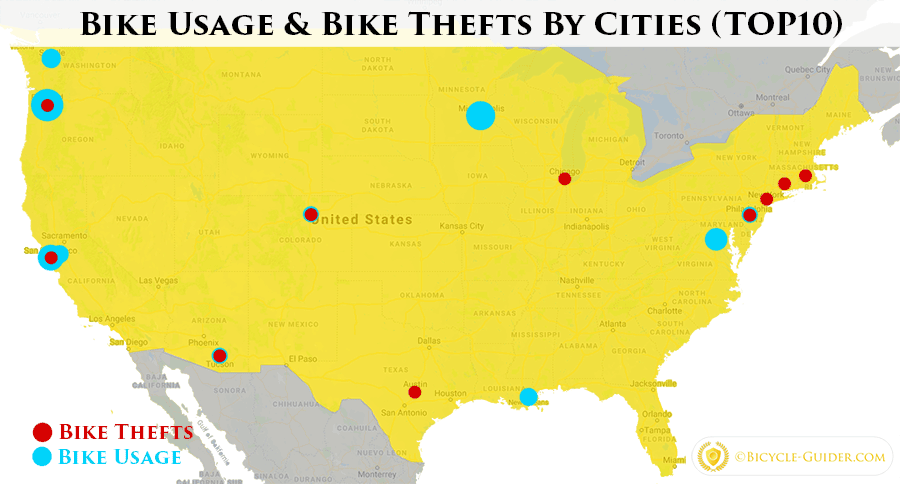
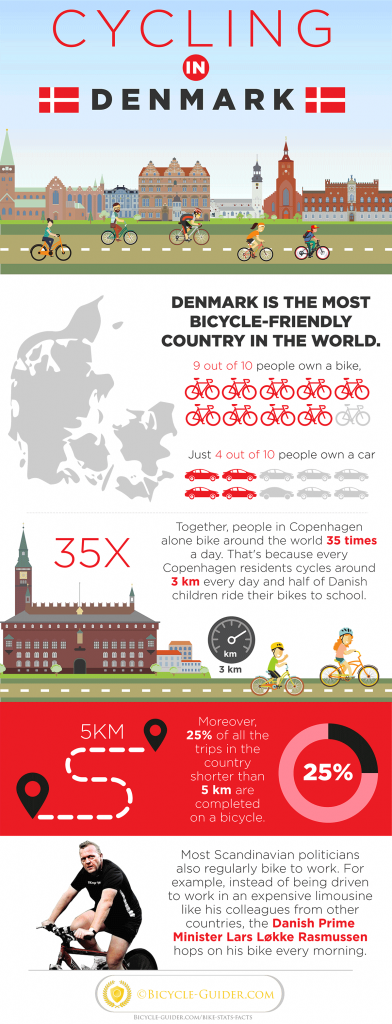
 Feel free to
Feel free to 



